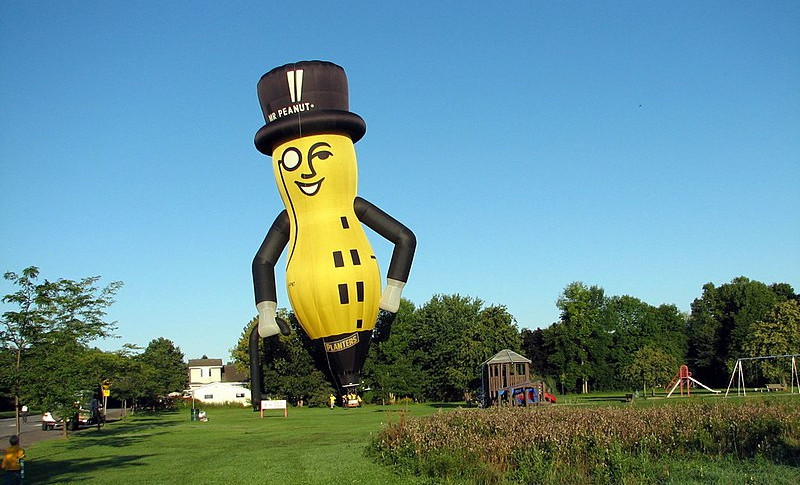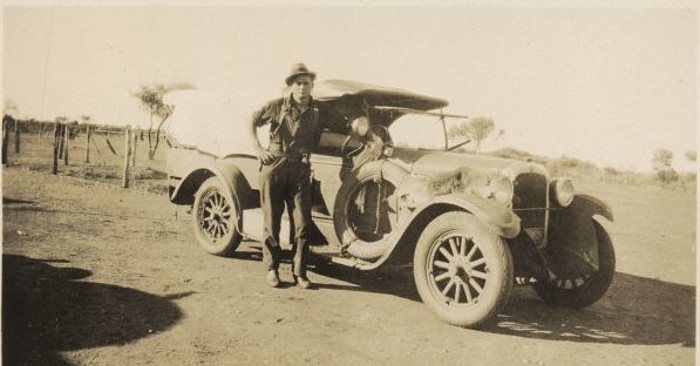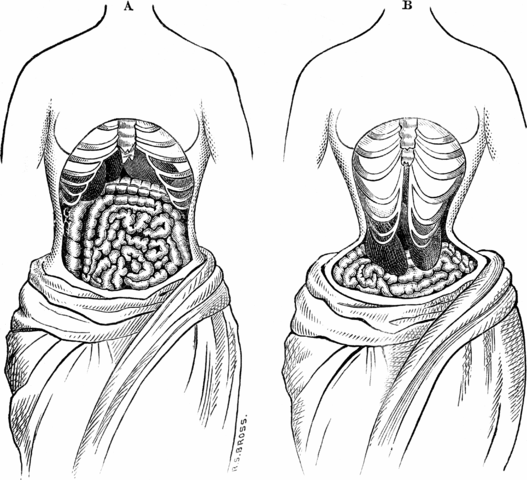In the 11th century, sailors in the Mediterranean developed a pidgin language to communicate with one another, a mix of Italian, Spanish, Catalan, Galician, Portuguese, Occitan, French, Latin, English, and other languages in which they could conduct trade and diplomacy. Known as Sabir, it appears briefly in Molière’s comedy Le Bourgeois gentilhomme when the Mufti sings:
Se ti sabir
Ti respondir
Se non sabir
Tazir, tazir
Mi star Mufti:
Ti qui star ti?
Non intendir:
Tazir, tazir.
This means:
If you know
You answer
If you do not know
Be silent, be silent
I am Mufti
Who are you?
If you do not understand,
Be silent, be silent
The language persisted into the 19th century, and traces of it can still be found in modern slang and in geographical names.




